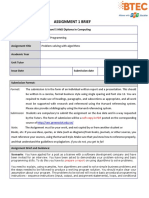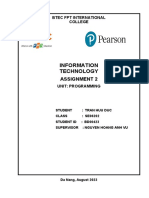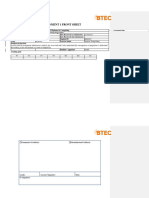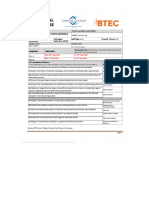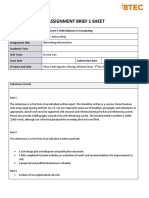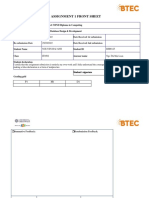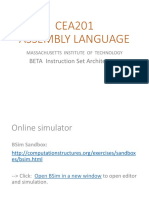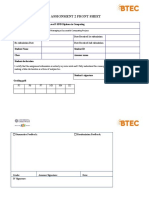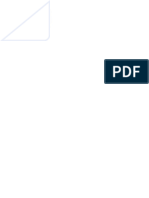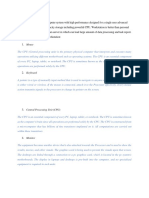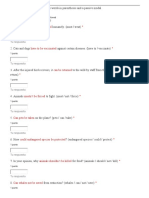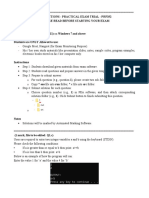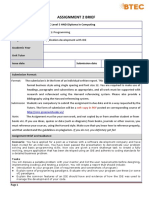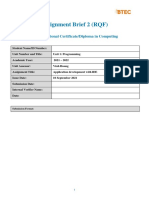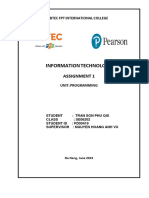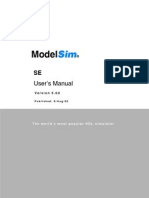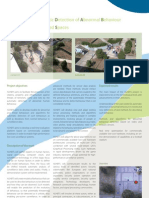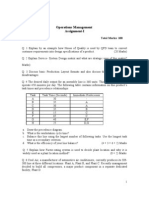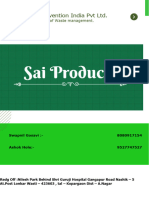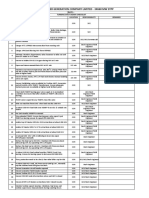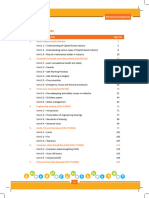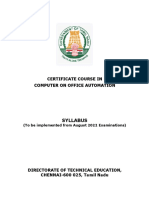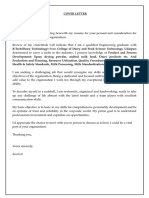0% found this document useful (0 votes)
525 views21 pagesASM1 Programming PhanLamQuocViet
The document is an assignment submission cover sheet for a student named Phan Lam Quoc Viet studying programming at BTEC FPT International College. It includes details of the assignment such as the unit, date submitted, student and assessor details. It also contains declarations by the student and sections for grading and feedback. The cover sheet is prepended to the student's assignment submission on the topic of algorithms and basic programming. It outlines algorithms through examples such as steps for cooking rice. It also defines an algorithm and describes the general process for developing an application from defining the problem to debugging and testing.
Uploaded by
Dư NiênCopyright
© © All Rights Reserved
We take content rights seriously. If you suspect this is your content, claim it here.
Available Formats
Download as DOCX, PDF, TXT or read online on Scribd
0% found this document useful (0 votes)
525 views21 pagesASM1 Programming PhanLamQuocViet
The document is an assignment submission cover sheet for a student named Phan Lam Quoc Viet studying programming at BTEC FPT International College. It includes details of the assignment such as the unit, date submitted, student and assessor details. It also contains declarations by the student and sections for grading and feedback. The cover sheet is prepended to the student's assignment submission on the topic of algorithms and basic programming. It outlines algorithms through examples such as steps for cooking rice. It also defines an algorithm and describes the general process for developing an application from defining the problem to debugging and testing.
Uploaded by
Dư NiênCopyright
© © All Rights Reserved
We take content rights seriously. If you suspect this is your content, claim it here.
Available Formats
Download as DOCX, PDF, TXT or read online on Scribd
/ 21

